|
|
By Sandy, on April 17th, 2010
From the basic garden kneeling pad that simply is a piece of cushion to the latest garden kneelers that are ergonomically designed with easy-to-clean, water-resistant folding seat and kneeler, there are many different designs of garden kneeling pad available in the market. And before we begin to search for the perfect garden tools for our kneeling tasks in our garden, we should clearly know our needs in order to select the piece of garden kneeler that work best for us.
Basic Garden Kneeling Pad
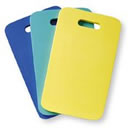 A basic garden kneeling pad is simply a pad designed to keep a gardener’s knees in comfort while she/he kneels in the garden for a prolonged period of weeding and other gardening work. These cushions are usually very light in weight and have a handle cut into the cushion that makes them easy to be carried or attached to our garden tool boxes. These garden kneeling pads are usually water resistant and available in bright colors. Due to the shape, size, and material these garden kneeling pads use, they look very much like a swimming float indeed. Continue reading A Garden Kneeling Pad, a Modern Garden Kneeler, or Garden Knee Pads? A basic garden kneeling pad is simply a pad designed to keep a gardener’s knees in comfort while she/he kneels in the garden for a prolonged period of weeding and other gardening work. These cushions are usually very light in weight and have a handle cut into the cushion that makes them easy to be carried or attached to our garden tool boxes. These garden kneeling pads are usually water resistant and available in bright colors. Due to the shape, size, and material these garden kneeling pads use, they look very much like a swimming float indeed. Continue reading A Garden Kneeling Pad, a Modern Garden Kneeler, or Garden Knee Pads?
By Sandy, on April 13th, 2010
 Garden kneeler is not just a fancy gardening tool, but a must-have for all gardeners, especially for those who work four to six hours a day that requires constant kneeling and squatting. A common misconception is that this garden kneeler is designed only for the elderly. But in fact, garden kneeler is a good . . . → Read More: The Importance of a Garden Kneeler
By Sandy, on April 12th, 2010
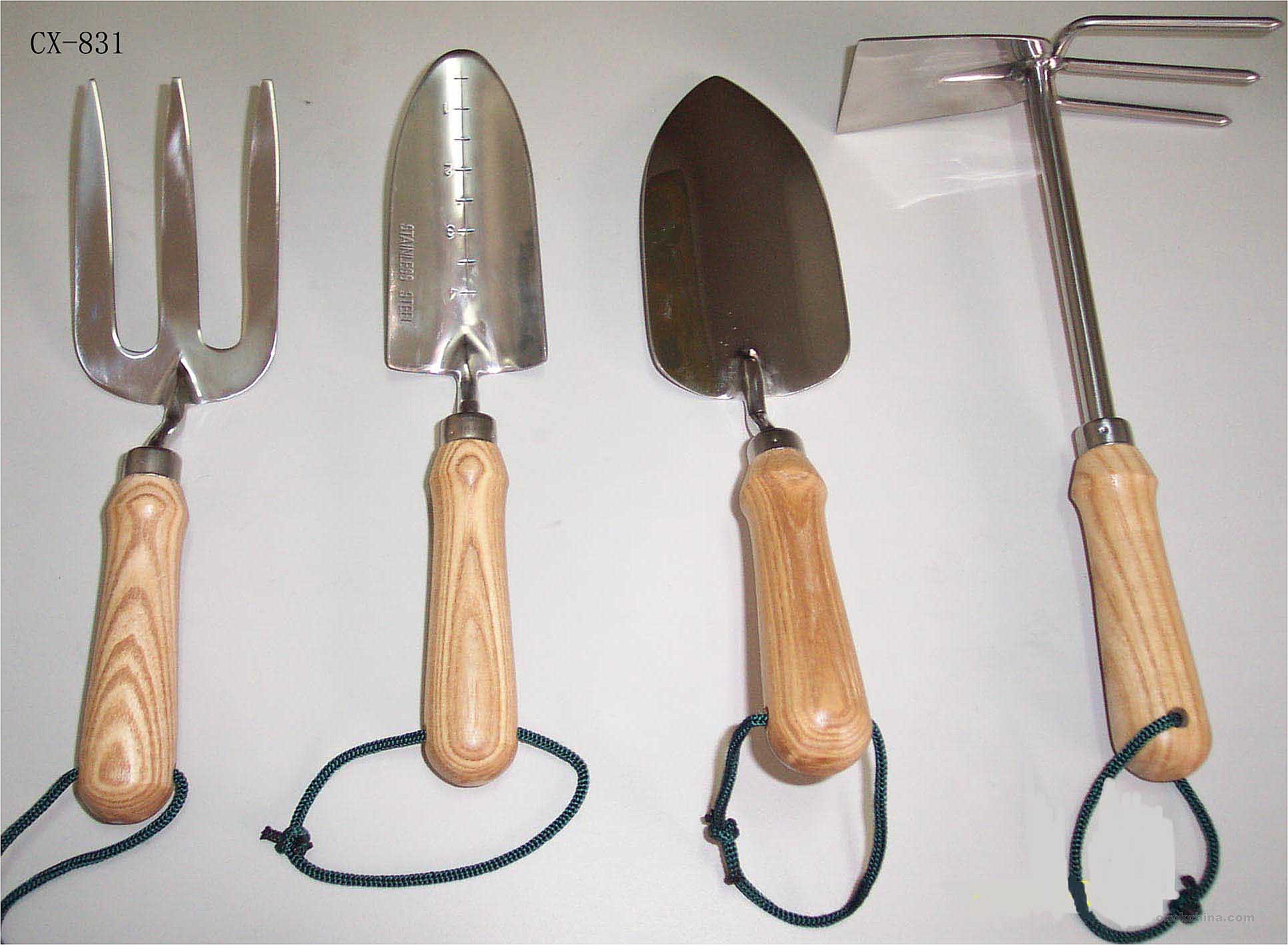 A proper set of garden tools can make our gardening experience from a difficult, discouraging one to a fruitful, rewarding gardening experience. Similar to other pastime, it is important to have the right gardening tools for the job. This doesn’t mean that we have to buy a whole set of gardening tools at great expense. Yet, there are some basic tools that most gardeners should have.
Spade and Shovel
Some gardening beginners may not know the difference between a spade and a shovel (or is this only me?). The difference between a spade and a shovel is that a spade is best used to dig into and break up soil, while a shovel is meant to pick up and move loose material. Larger spades have space for our foot to bear down.
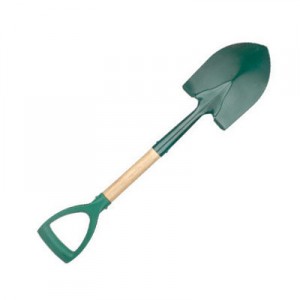 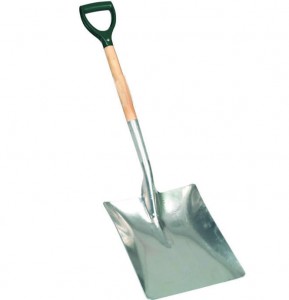
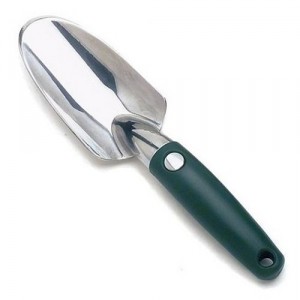 Trowel Trowel
A garden trowel is a garden hand tool designed for small jobs like transplanting, digging holes, and mixing soil. Garden trowels come in a wide variety of styles and sizes, and many gardeners like to keep a few garden trowels of different sizes in order to be prepared for any job. Since we will use a garden trowel often, find those that feel natural in your hand.
Continue reading Basic Garden Tools for Starting a Garden
By Sandy, on April 8th, 2010
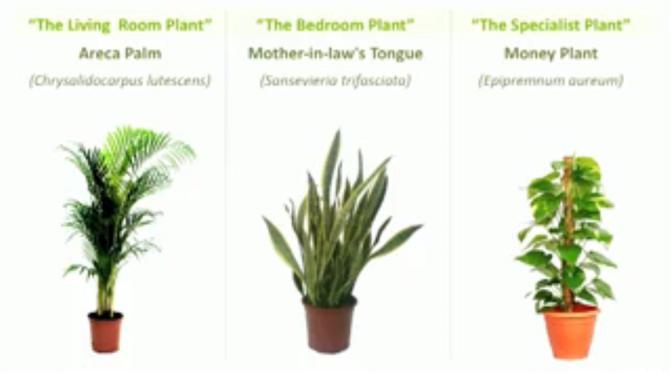 In his talk, Kamal Meattle shows how an arrangement of three common houseplants – Areca Palm, Mother-in-law’s Tongue, and Money Plant – can result in measurably cleaner indoor air.
While I find this talk interesting, I have quite a few questions about the numbers that the speaker gives. Kamal Meattle claims that “we . . . → Read More: How to Grow Your Own Fresh Air
By Sandy, on April 1st, 2010
Although I have grown cacti for over two years, I haven’t yet had any cactus blooming beautiful flowers as the little one of Vickie, who took my Playful Tree Workshop earlier.
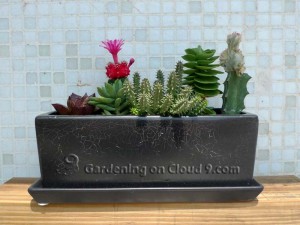 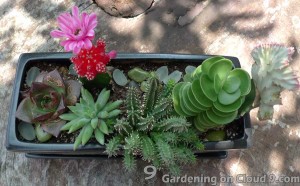
Vickie told me that all the cacti in her cactus garden are growing vigorously since the day she brought them home, and the red grafted cactus started blossoming a few weeks after as well. Ah… how much I wish mine would blossom like hers does!
Continue reading Vickie’s Cactus Garden
By Sandy, on March 30th, 2010
Since I have learned how to do cutting propagation, I rarely buy plants in garden shops or nurseries. Cutting propagation is a cheap and easy way to obtain new plants. I have shown how to do cutting propagation in an earlier post – Plant Propagation from Cuttings – Coleus, and here, I would like to talk more about the rooting media of cutting propagation.
The Ingredients of Rooting Media
It is important to use a good sterile rooting media to get your plants off to a healthy start. While soil and compost are not good choices as the rooting media for cutting propagation since they may contain diseases, potting mix that is available in local gardening nurseries may also not be suitable for cuttings. Since it is not difficult to make rooting media for cuttings, we can just make our own as well.
A good rooting media contains equal parts of coarse, sharp sand and peat moss. Instead of sand, we can use perlite, and instead of peat moss, we can use vermiculite. However, I often will pot my cuttings with just coarse sand alone. By this method, the cuttings grow just fine. Continue reading Potting Media for Cutting Propagation
By Sandy, on March 26th, 2010
 I went to the Hong Kong Flower Show in Victoria Park a few days ago. The flower show is a major event organized every year by the Leisure and Cultural Services Department to promote horticulture and the awareness of greening. Besides displaying a rich profusion of beautiful potted plants, exquisite floral arrangements, and gorgeous landscape displays, there are also stalls selling flowers and many other gardening tools and supplies. I went to the Hong Kong Flower Show in Victoria Park a few days ago. The flower show is a major event organized every year by the Leisure and Cultural Services Department to promote horticulture and the awareness of greening. Besides displaying a rich profusion of beautiful potted plants, exquisite floral arrangements, and gorgeous landscape displays, there are also stalls selling flowers and many other gardening tools and supplies.
 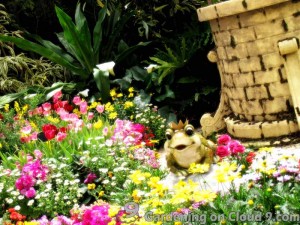

This dragon is a signage of Hong Kong. Can you find the hidden word “香港” in the dragon?
Continue reading Hong Kong Flower Show 2010
By Sandy, on March 25th, 2010
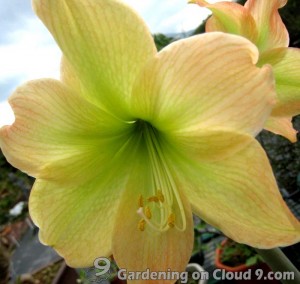
Hippeastrum (aka Barbados Lily, 朱頂蘭 in Chinese) is often been mistaken as Amaryllis.
Hippeastrum is a hardy plant. The flowers of Hippeastrum are red and pink and often striped with various amounts of white. Some hippeastrums have yellow, white, orange or pale green flowers. The flowers only appear for 2-3 weeks and they are unscented. With large rewards of big and beautiful flowers for little efforts, I always enjoy growing Hippeastrums. Continue reading Growing Hippeastrum
By Sandy, on March 18th, 2010
Gardening could be fun and easy. Once we make friends with our plants, and get to know their likes and dislikes well, all we have to do is give them exactly what they want, and they will thrive beautifully.
After overfertilizing my African violet – Frosted Denim – and had most of its flower buds burnt, I have learned my lesson well. Nowadays, I don’t fertilize it very often, maybe once every 2 weeks. In fact, I didn’t fertilize my African violet at all in January and February. And I always dilute the fertilizer solution to half the suggested dosage before use.
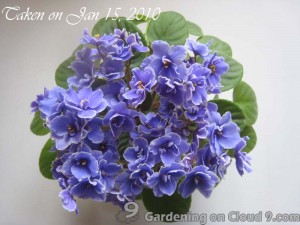 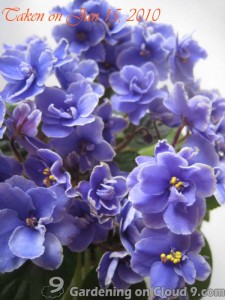
Continue reading My Keep-Blossoming African Violet
By Sandy, on March 15th, 2010
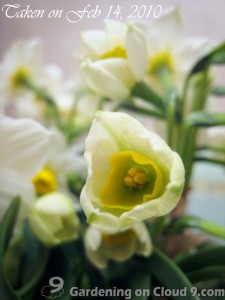 Chinese love to decorate their homes with Narcissus (Chinese Sacred Lily in particular) during Chinese New Year. The beautiful white Narcissus flowers with orange cups blossom around 7-14 days, and when they bloom, they send out a very sweet fragrance. Chinese love to decorate their homes with Narcissus (Chinese Sacred Lily in particular) during Chinese New Year. The beautiful white Narcissus flowers with orange cups blossom around 7-14 days, and when they bloom, they send out a very sweet fragrance.
Continue reading Have Our Narcissus Blossoms at the Right Time
|
|
 A basic garden kneeling pad is simply a pad designed to keep a gardener’s knees in comfort while she/he kneels in the garden for a prolonged period of weeding and other gardening work. These cushions are usually very light in weight and have a handle cut into the cushion that makes them easy to be carried or attached to our garden tool boxes. These garden kneeling pads are usually water resistant and available in bright colors. Due to the shape, size, and material these garden kneeling pads use, they look very much like a swimming float indeed. Continue reading A Garden Kneeling Pad, a Modern Garden Kneeler, or Garden Knee Pads?
A basic garden kneeling pad is simply a pad designed to keep a gardener’s knees in comfort while she/he kneels in the garden for a prolonged period of weeding and other gardening work. These cushions are usually very light in weight and have a handle cut into the cushion that makes them easy to be carried or attached to our garden tool boxes. These garden kneeling pads are usually water resistant and available in bright colors. Due to the shape, size, and material these garden kneeling pads use, they look very much like a swimming float indeed. Continue reading A Garden Kneeling Pad, a Modern Garden Kneeler, or Garden Knee Pads?


















Recent Comments